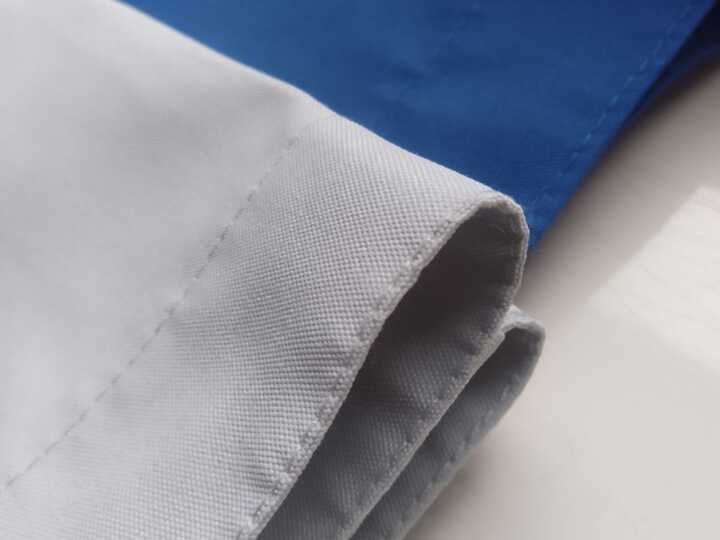Service and maintenance
Service & Maintenance
Many of our textile duct installations, installed over 20 years ago in dairy facilities, are still in use today. By using only the highest-quality fabrics and components, we proudly offer a warranty that covers the entire system – both the fabric and the installation system specified in the project.
To ensure long-lasting durability and top performance, it is essential to regularly inspect the fabric condition and follow the manufacturer’s cleaning recommendations.
We encourage our clients to take advantage of our professional textile duct washing, inspection, and service directly from the manufacturer. After a manufacturer-approved inspection, customers receive an extended warranty for their purchased products. Alternatively, ducts can also be cleaned in-house by following the guidelines below.
Recommended Cleaning Frequency
For optimal hygiene, ducts should be washed at the following intervals:
-
Every 6 months – for food production facilities or environments with strict hygiene standards.
-
Once a year – for industrial production plants and all other facilities.
Washing
Trust the textile duct cleaning professionals – delivering flawless hygiene and top performance.
Comprehensive check
While cleaning your textile ducts, we also inspect critical wear parts like zippers and carabiners, making on-the-spot replacements when needed for maximum reliability.
Replacement set
Speed up assembly and disassembly – get your replacement set now.
Fabric coatings
Check our protective fabric treatments: including flame-retardant, antibacterial, and dirt-repellent finishes.
Schedule maintenance for your fabric ducts
Manufacturer’s Best-Practice Guidelines
-
Maintain a “clean-hands” standard during installation and removal.
-
Do not store unpacked ducts directly on the floor to prevent contamination or mechanical damage.
-
Install ducts so they do not come into contact with other devices or components.
-
Avoid excessive UV exposure.
-
Air-supply devices feeding the ducts must be equipped with proper filtration.
-
Do not expose ducts to hot air above 70 °C.
Cleaning Textile Ducts
Washing
Follow these instructions for optimal results:
-
Wash in 2–4 cycles with detergent (as per detergent manufacturer’s recommendations) at 30–40 °C.
-
For heavily soiled ducts, include a rinse between washing cycles.
-
Disinfection rinses (e.g., chlorine-based agents) are permitted.
-
Final rinse should neutralize any disinfectants or be done with clean water.
-
Do not spin-dry. Instead, hang ducts while still damp and allow water to drip off naturally.
-
Do not use mechanical dryers – this may cause permanent damage.
Dry Cleaning
Dry cleaning is suitable for ducts with light to moderate soiling. Disinfection can be achieved by using a tetrachloroethylene (perchloroethylene) cleaning process. After cleaning, ensure ducts are thoroughly aired out.




